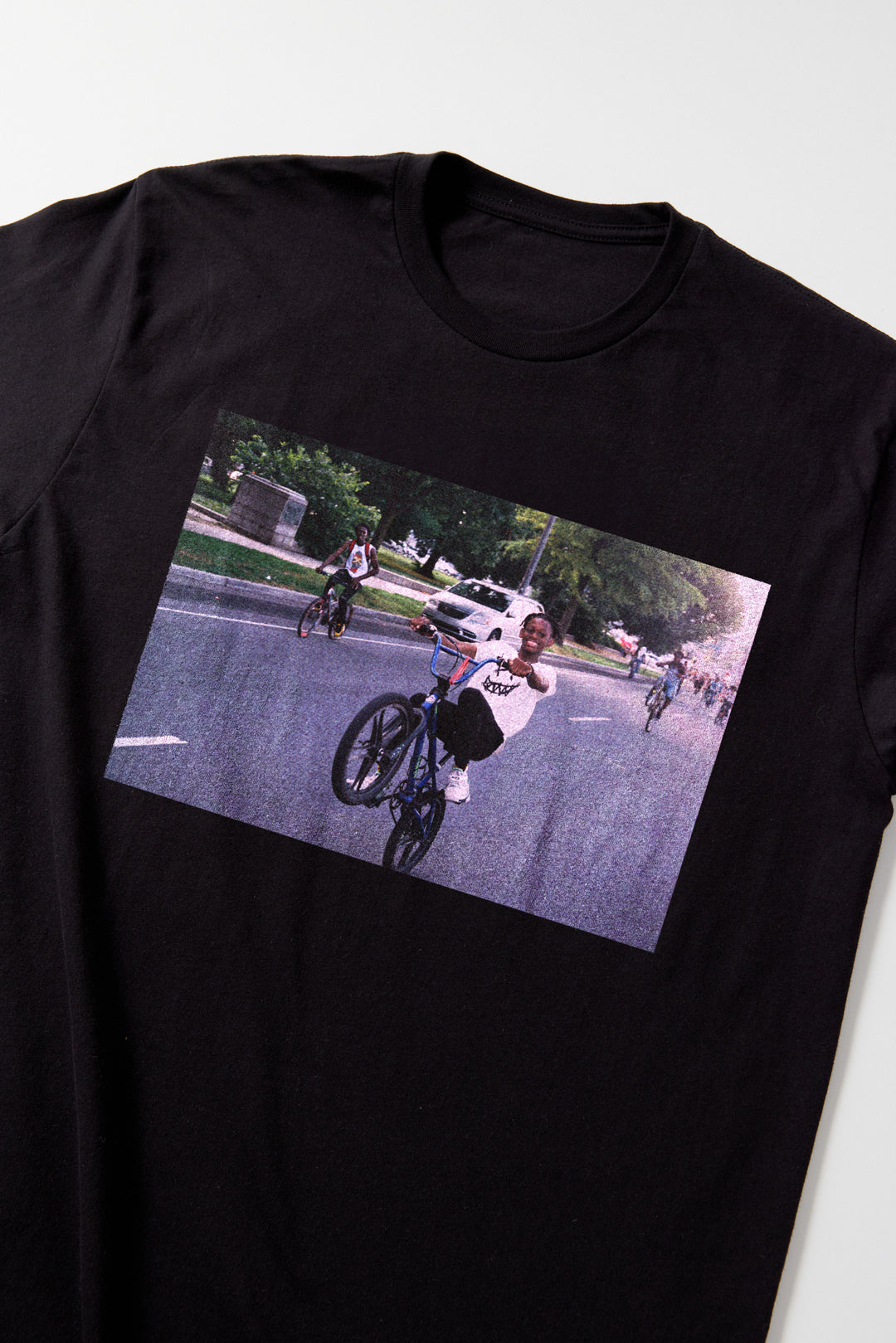Blvck Vrchives: Renata Cherlise

Interview By Lissa Alicia
Blvck Vrchives is a collection of photography, video, drawings, interviews, and written accounts of moments in Black American History. These catalogs of history, curated by Renata Cherlise, explore the black experience in its entirety. Blvck Vrchives showcases the hardships, the fun, and the love. The blackness that inhabits America is a multifaceted entity that has molded not just the country but the world. In this interview Cherlise and I discuss storytelling, gentrification, and the black experience.
Can you tell me a little bit about your background and how you got started with curating?
In the traditional sense, curating has always been associated with museums and galleries. However, it’s been fascinating to see how the role of the curator has evolved to include content intended for digital spaces. It's also interesting to see the fluidity in how this content moves between these spaces and tangible experiences.
For me, curating dates back to my love for writing short stories. As I got older, I became more curious in not only writing stories but also blending other forms of storytelling into my work, even if the written narrative was absent.
In 2010, I started the Lost in Urbanism Tumblr and used curation to evoke different feelings and moods through the black experience. This was essentially my start with curation and just like the term, it's evolved into other projects to include multi-media and film.
What is your process when curating pieces to be featured in Blvck Vrchives?
For starters, I try not to over analyze the process — I find that over thinking kills my creative expression and when I find that happening, I’ll kind of just step away and revisit the concept another time. But, my work is intentional, deliberate even when it comes to the portrayal of the black experience. Most of the narratives featured are part of every day life, but curated to render a different perspective or what I like to call — the "alternative" narrative.
What is the purpose of Blvck Vrchives?
One of the catalogs you curated was Los Angeles: Unrest 91-92. What are your thoughts on the riots that took place in the early 90’s as well as the recent riots?
There is a threshold and once it is met, there is no more room for tolerance and that we must take action. That threshold has been met a long time ago and the manner in which we take action and exhibit our emotions vary — some of us speak upon the violence inflicted upon us, some of us organize around it, some of us create through it, some of us weep while our loved one's console us, and some of us are weary from of all of the aforementioned and in everything that is left, to set it ablaze.

How do you decide which portion of the black experience to showcase?
I’m really not interested in telling the same story over and over again, so I try to stay clear from the most common narrative associated with historical events. What I’d like to do is offer a different perspective to these narratives so it doesn’t become mundane. Although I love history and I watch a lot of documentaries, I realize everyone doesn't share these same sentiments. So, that’s why I am always looking for the “alternative."
I’ll continue this project with Blvck Vrchives through the end of the year and conclude the series with incorporating excerpts of my personal narrative into one of the stories depicting life in the South. I feel this will show people a different side of me as I’m known to be very private; but most importantly, it’ll also show the context of my work and the overall framework of art through my experiences.
Photographs are the primary visuals reflected in the narratives but I also try to include snippets of archival film footage as well. The text is comprised of excerpts of (black) literature, essays, lyrics, interviews, book reviews, and magazine/newspaper articles. It’s a curation of all of these mediums together and I try to present it in a manner that isn’t too overwhelming.
I loved the way you detailed the past, present and future of the Cabrini-Green section of Chicago. The stories of “urban development” remind me of the gentrification that is ravaging Black and Latino neighborhoods here in Philly, as well as New York and Detroit. What are your thoughts on gentrification? Where will all the black folks wind up?
I relocated with my family to the Chicago area in 2001 (from the South) and at the time, there were still a few Cabrini high-rises remaining. The seed was planted then although I knew it was impossible for me to create something within the historical context at that particular time. But, those emotions sat with me through the years.
This narrative took a little longer to create/curate because I kept watching all of the footage of Cabrini Green by Ronit Bezalel. The archival footage also included segments on Robbins Barbershop (near Cabrini) with interviews of the patrons and the owner before and after the demolition. It was heartbreaking.
Are you currently working on any projects outside of Blvck Vrchives?
What is your favorite piece in the Philadelphia Printworks line and why?
I love the People's Free Food Program hoodie. It reminds us of the positive impact the Black Panther Party had on our communities, how they organized to promote, obtain, transport, store, and pass out food to those who needed it most.

